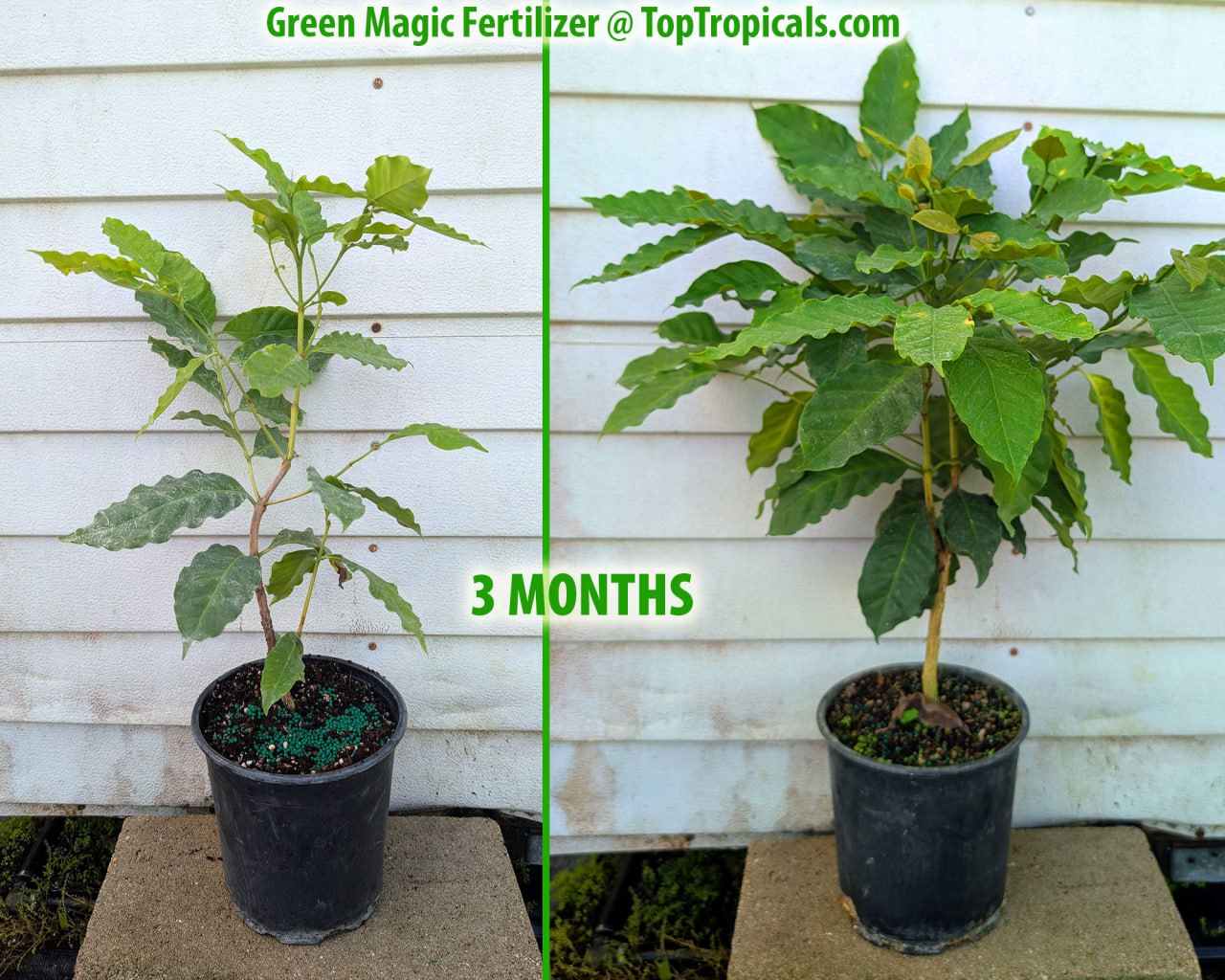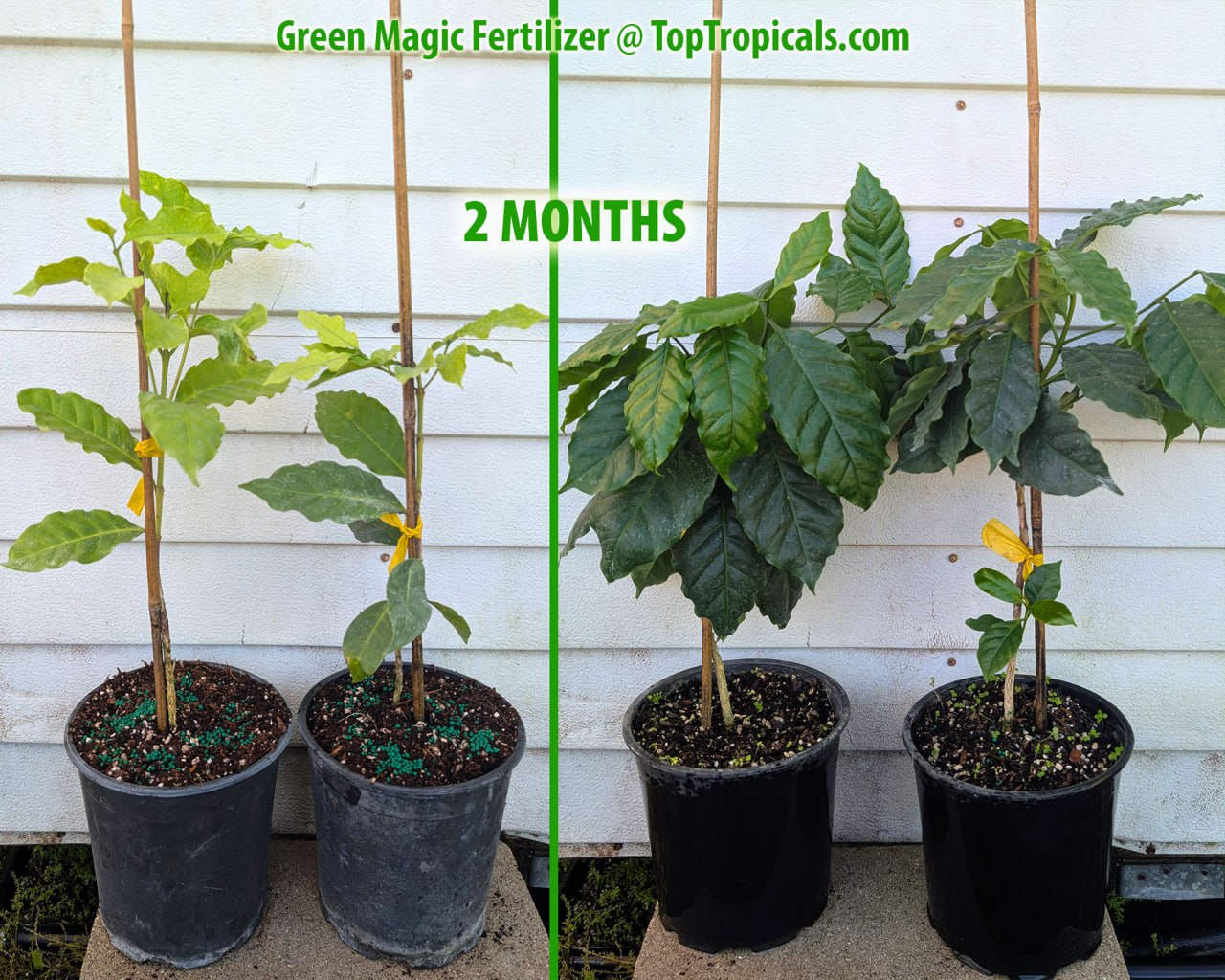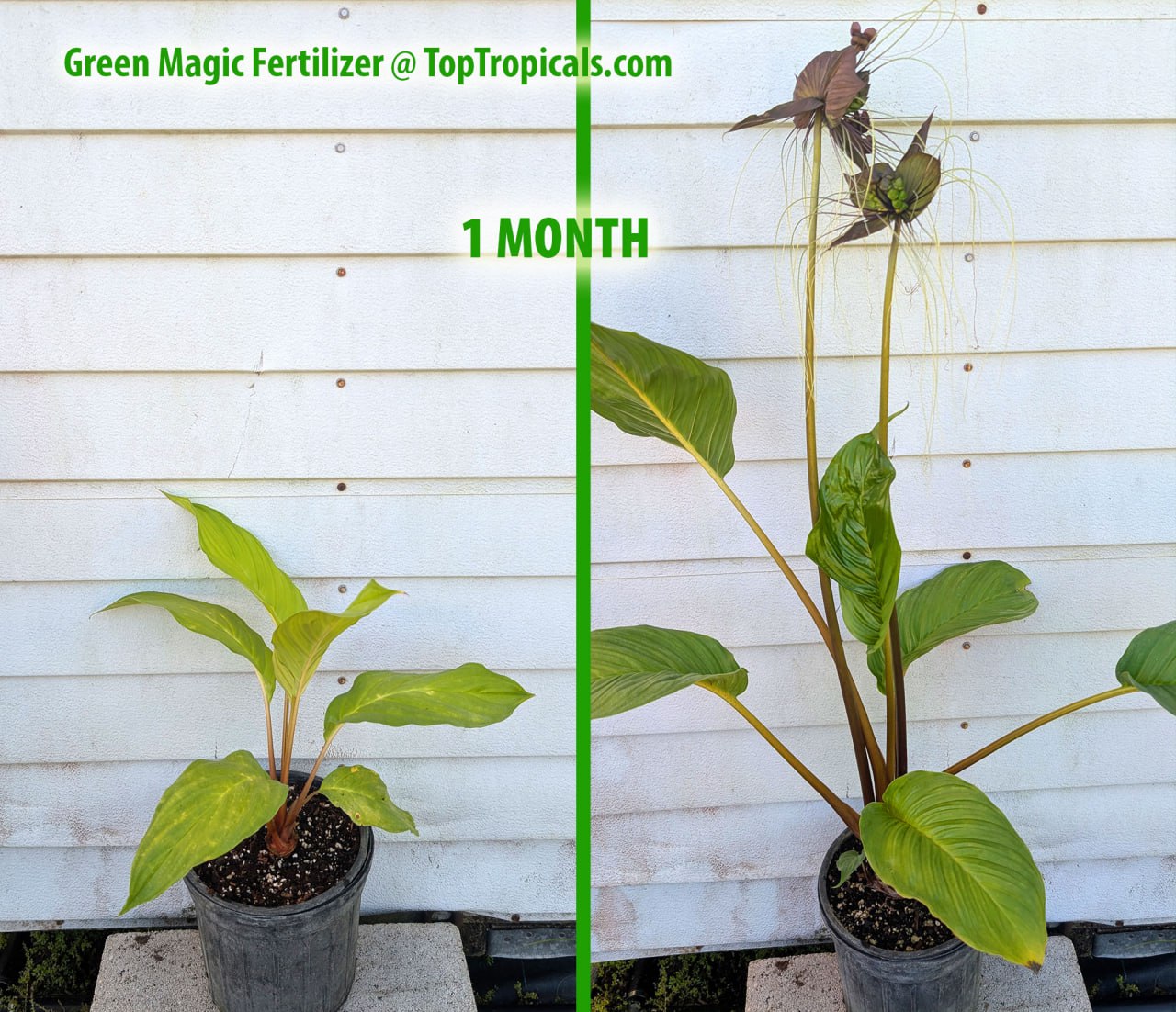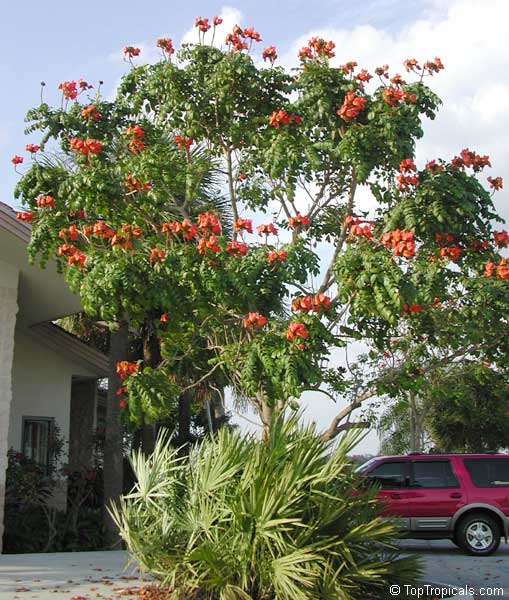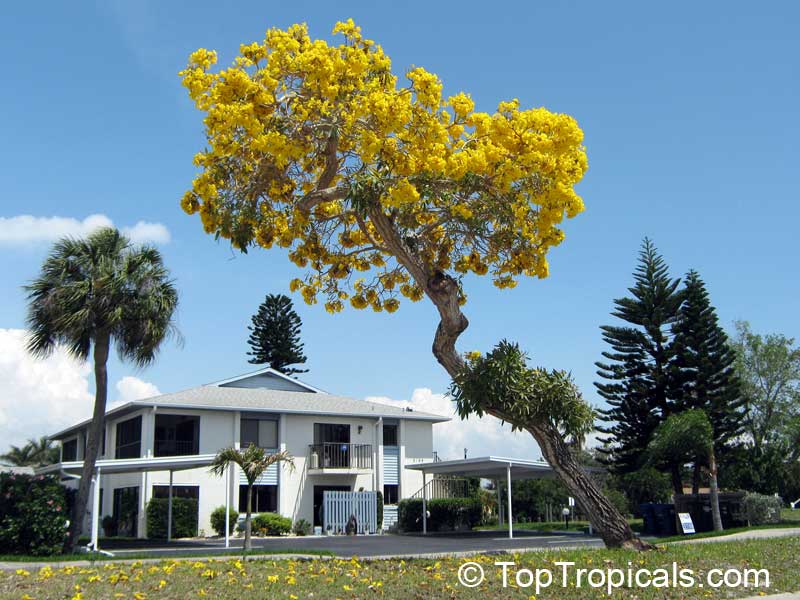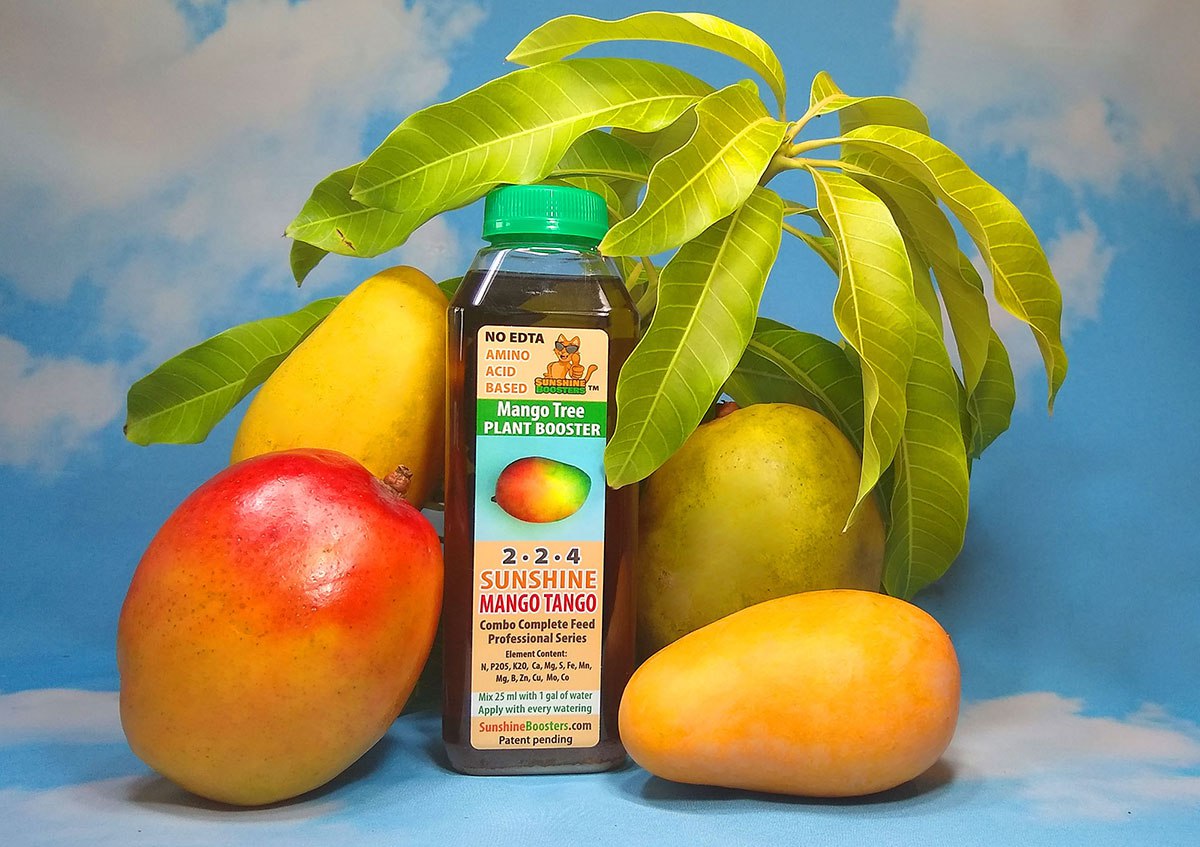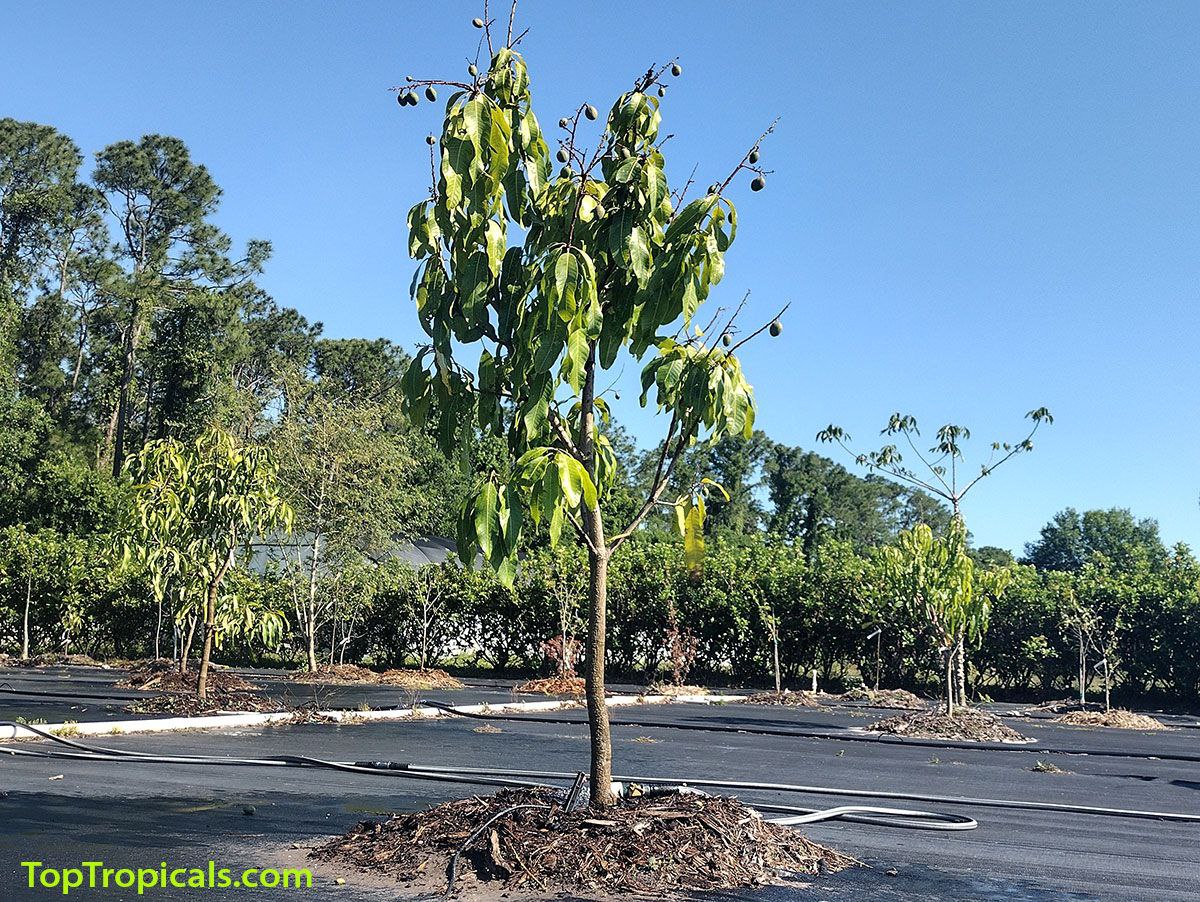Garden Blog - Top Tropicals
When do I get the fruit from my Dragon Fruit?
Dragon fruit varieties
🍉 When do I get the fruit from my Dragon Fruit?
With these steps, dragon fruit quickly rewards you with flowers, followed by colorful, delicious fruit. Few exotics are this easy - or this fast!
🛒 Start your fast-growing Dragon Fruit production
📚 Learn more:
#Food_Forest #How_to #Dragon_Fruit
🟢 Join 👉 TopTropicals
- 🌵Dragon Fruit (Pitaya) is one of the most rewarding exotic fruits to grow. Sweet pulp, striking looks, and plenty of health benefits make it a favorite. You'll see it in three main types: white-fleshed (Hylocereus undatus), red-fleshed (Hylocereus costaricensis), and yellow-skinned (Hylocereus, or Selenicereus megalanthus).
- 🌵Don't want to wait years for fruit? Here’s the good news: unlike many tropical trees that test your patience, dragon fruit is a fast-fruiting, easy-going cactus. With the right care, you can harvest in just 1-2 years from a cutting - or even the same season if you plant a well-established specimen.
- 🌵 How to get Dragon Fruit faster
- ▫️Give it strong support - trellis, fence, or post. This cactus loves to climb.
- ▫️Full sun and good drainage - sandy or well-draining soil works best.
- ▫️Smart watering - water deeply in hot weather, then let the soil dry. Dragon fruit loves water during active summer growth, but remember it's still a cactus - don’t keep soil soggy.
- ▫️Pollination matters - flowers open at night. Some varieties are self-fertile, but planting a few different types boosts fruit set. This is why it helps to keep several varieties close together.
- ▫️Feed well - use organic liquid fertilizers like Sunshine Boosters C-Cibus with every watering, or Green Magic controlled-release fertilizer every 6 months.
With these steps, dragon fruit quickly rewards you with flowers, followed by colorful, delicious fruit. Few exotics are this easy - or this fast!
🛒 Start your fast-growing Dragon Fruit production
📚 Learn more:
- · Pitaya vs Dragon fruit - what is the difference and how to grow it. Varieties.
- · The secret to abundant dragon fruit harvests
- · How to grow Dragon Fruit from a cutting - Quick Guide
- · How to grow Dragon Fruit 📱
- · Planting your own Dragon Fruit plantation
- · Do-It-Yourself Support Structure for Dragon Fruit
- · Grow Your Own Exotic Dragon Fruit Garden
- · Top 10 fruit you'll ever need for your health benefits: Dragon fruit
- · What does Dragon Fruit Flower look like?
- · Why you need to grow your own dragon fruit
- · Do red, white and yellow Dragon fruit taste differently?
- · What to do with a lot of Dragon Fruit
#Food_Forest #How_to #Dragon_Fruit
🟢 Join 👉 TopTropicals
The SECRET growers never tell you: simple trick how to bring plants back to life and keep green
Green Magic Fetilizer makes plants green
🌳 The SECRET growers never tell you: simple trick how to bring plants back to life and keep green
🛒 Buy once, feed for 6 months!
📚 Learn more
#Fertilizers #How_to
🟢 Join 👉 TopTropicals
- 💚 Green Magic is plant food that really works. It keeps your plants green, strong, and growing steady.
- 💚 We call it Magic - because it even brought back plants we thought were gone! So thу Green Magic can bring dead to live!
- 💚 The secret is slow release. Most dry fertilizers dump everything at once, burn the roots, then disappear. Green Magic feeds little by little for six months straight. No burn, no guesswork, just steady food that plants love.
- 💚 It's perfect for potted fruit trees, ornamentals, and houseplants. One handful is all it takes, and your plants stay fed for half a year.
- ✔️How to use:
- ✔️ Why it works:
Mix in 1 teaspoon per gallon of soil when potting, or sprinkle on top once every six months. That's it!
- ▫️Feeds slowly and evenly for six months
- ▫️Keeps leaves green and plants healthy
- ▫️Strong growth, even for weak or struggling plants
- ▫️Works in any climate, indoors or out
- ▫️Great for containers, trees, and ornamentals
- ▫️This isn’t a flower booster. It’s a growth booster. The kind of steady food that builds strong plants for life.
- 👉 Watch your plants come back to life and thrive with this professional-grade, controlled-release fertilizer - Green Magic. Even struggling plants can turn lush and green again.
Give it a try - your plants will thank you!
🛒 Buy once, feed for 6 months!
📚 Learn more
- ▫️How to make plants green quickly? Green Magic - the fertilizer that truly works like magic!
- ▫️Green Magic guaranteed analysis: give your plants their magic treat
- ▫️How to re-pot a plant properly?
#Fertilizers #How_to
🟢 Join 👉 TopTropicals
Green Magic effect: before and after
🌳 Green Magic effect: before and after
Green Magic test results: before and after application.
Are you still thinking? Try it out! (Sample here)
#Fertilizers #How_to
🟢 Join 👉 TopTropicals
Green Magic test results: before and after application.
Are you still thinking? Try it out! (Sample here)
#Fertilizers #How_to
🟢 Join 👉 TopTropicals
How do we ship plants? Part 1: prepare the plant
How do we ship plants? Part 1: prepare the plant.
🚚 How do we ship plants? Part 1: prepare the plant.
🎥 Part 1 covers how we prepare the plant before it goes into the box.
❗️Stay tuned for the next step in our upcoming video!
🛒 Shop plants online
📚 Learn more:
Shipping information page
#How_to
🟢 Join 👉 TopTropicals
- 📦 We hear it all the time: "You guys ship plants? Wow! How do you ship a plant? It's... live!"
- 📦 Well, we've been doing it for almost 25 years now - that's a quarter of a century! Top Tropicals was one of the first nurseries to figure out plant shipping, long before Amazon and all the big online platforms where today you can order just about anything.
- 📦 After so many years, our Team worked it to perfection. Want to see how it's done?
- 📦 Like they say, it's better to see once than hear a hundred times. In this video, we'll show you the tricks that keep plants safe on their journey from our nursery to your doorstep.
🎥 Part 1 covers how we prepare the plant before it goes into the box.
❗️Stay tuned for the next step in our upcoming video!
🛒 Shop plants online
📚 Learn more:
Shipping information page
#How_to
🟢 Join 👉 TopTropicals
Thornless Bougainvillea Tree Video:
How to get your own Dragon Fruit plantation:
📱 How to get your own Dragon Fruit plantation:
#Food_Forest #How_to #Dragon_Fruit
🔴 Join 👉 TopTropicals
#Food_Forest #How_to #Dragon_Fruit
🔴 Join 👉 TopTropicals
Pre-hurricane season tips: how to protect your trees from winds
🌪 Pre-hurricane season tips: how to protect your trees from winds
Some trees like mango have deep roots and handle wind well. Others - like our favorites Spathodea campanulata - African Tulip Tree or Tabebuia caraiba - Yellow trumpet tree (in the photos) - need extra care. You've likely seen crooked Tabebuias in South Florida or lost a bushy Tulip Tree to strong winds. Their wide crowns act like sails in a storm.
💨 To help your trees withstand wind damage:
💡 Some remove all leaves from plumeria before a hurricane - it works!
💡 We pruned our Tulip Tree and Ceiba - and they withstood Hurricane Milton while others fell
🛒 Grab your beautiful Tulip Tree and Tabebuia Tree today - support them early for strength and beauty later!
📚Learn more:
Everyone loves these tulips growing on a tree
#How_to #Trees #Discover
🔴 Join 👉 TopTropicals
Some trees like mango have deep roots and handle wind well. Others - like our favorites Spathodea campanulata - African Tulip Tree or Tabebuia caraiba - Yellow trumpet tree (in the photos) - need extra care. You've likely seen crooked Tabebuias in South Florida or lost a bushy Tulip Tree to strong winds. Their wide crowns act like sails in a storm.
💨 To help your trees withstand wind damage:
- ✅ Stake young trees with strong support - use a tripod-style setup (three bamboo sticks or boards secured around the tree for balance from all sides)
- ✅ Check and adjust supports every 6 months
- ✅ Trim long or rubbing branches - they break first
- ✅ Add extra support if a storm is coming (larger trees benefit from sturdy tripod-style bracing with boards)
- ✅ Lighten bushy growth, less sail = more survival
💡 Some remove all leaves from plumeria before a hurricane - it works!
💡 We pruned our Tulip Tree and Ceiba - and they withstood Hurricane Milton while others fell
- ✅ If a tree falls, stand it up ASAP and support it. Trim broken branches - they’ll remind you what needed pruning before, not after!
- ✅ Trees protected young, grow strong for life.
🛒 Grab your beautiful Tulip Tree and Tabebuia Tree today - support them early for strength and beauty later!
📚Learn more:
Everyone loves these tulips growing on a tree
#How_to #Trees #Discover
🔴 Join 👉 TopTropicals
How to Plant a Tree - A Fun Guide
🌳 How to Plant a Tree - A Fun Guide
1️⃣ Dig a Big Hole
Start by digging a hole 2-3 times the size of the pot. Make sure it's deep enough to give your tree's roots room to grow. Remove any sandy dirt or rocks—replace them with rich, nutrient-packed soil to help your tree establish.
2️⃣ Place the Tree Just Right
Gently remove your tree from the pot and place it in the hole. The base of the tree (where the roots meet the trunk) should sit slightly above ground level (2-3"). Avoid covering the trunk with soil to allow for proper air circulation and to promote a healthy tree.
3️⃣ Mound the Soil
Add nutrient-rich soil around the roots, then toss in a handful of granulated fertilizer. With the leftover soil, build a little mound around the tree to form a "bagel" shape. This will help water stay around the roots and give your tree a strong start.
4️⃣ Add Mulch and Water
Spread mulch around the tree, but leave a small gap around the trunk. Water generously to settle the soil and give your tree a refreshing drink. Water by hand daily for the first couple of weeks or until you see new growth. After that, you can rely on sprinklers.
⭐️ With these simple steps, your tree will be off to a great start!
🛒 Go plant shopping to excersize your green thumb and make our planet better
📚Learn more:
How to plant a tree: care of mail-order plants and detailed planting instructions (PDF)
#How_to #Trees #Discover
🔴 Join 👉 TopTropicals
1️⃣ Dig a Big Hole
Start by digging a hole 2-3 times the size of the pot. Make sure it's deep enough to give your tree's roots room to grow. Remove any sandy dirt or rocks—replace them with rich, nutrient-packed soil to help your tree establish.
2️⃣ Place the Tree Just Right
Gently remove your tree from the pot and place it in the hole. The base of the tree (where the roots meet the trunk) should sit slightly above ground level (2-3"). Avoid covering the trunk with soil to allow for proper air circulation and to promote a healthy tree.
3️⃣ Mound the Soil
Add nutrient-rich soil around the roots, then toss in a handful of granulated fertilizer. With the leftover soil, build a little mound around the tree to form a "bagel" shape. This will help water stay around the roots and give your tree a strong start.
4️⃣ Add Mulch and Water
Spread mulch around the tree, but leave a small gap around the trunk. Water generously to settle the soil and give your tree a refreshing drink. Water by hand daily for the first couple of weeks or until you see new growth. After that, you can rely on sprinklers.
⭐️ With these simple steps, your tree will be off to a great start!
🛒 Go plant shopping to excersize your green thumb and make our planet better
📚Learn more:
How to plant a tree: care of mail-order plants and detailed planting instructions (PDF)
#How_to #Trees #Discover
🔴 Join 👉 TopTropicals
How to make a Mango tree fruit?
How to make a Mango tree fruit?
We use SUNSHINE Mango Tango - Mango Tree Booster, for healthy mango trees and profuse fruit production.
📚 Learn how to make a Mango tree fruit
#Food_Forest #How_to #Fertilizers
TopTropicals.com
We Grow Happiness
We use SUNSHINE Mango Tango - Mango Tree Booster, for healthy mango trees and profuse fruit production.
📚 Learn how to make a Mango tree fruit
#Food_Forest #How_to #Fertilizers
TopTropicals.com
We Grow Happiness
How to water a newly planted Mango tree?
How to water a newly planted Mango tree?
Never rely solely on your sprinkler system when planting a new tree, especially during the first week or even several weeks if you have no rain. By rain, we mean a nice downpour. Here in Florida, we usually have a hot and dry spring, and while springtime is great for starting new trees, additional hose-watering becomes essential for establishing them during the first months.
📚 Learn how to water your mango tree
#How_to #Food_Forest
TopTropicals.com
We Grow Happiness
Never rely solely on your sprinkler system when planting a new tree, especially during the first week or even several weeks if you have no rain. By rain, we mean a nice downpour. Here in Florida, we usually have a hot and dry spring, and while springtime is great for starting new trees, additional hose-watering becomes essential for establishing them during the first months.
📚 Learn how to water your mango tree
#How_to #Food_Forest
TopTropicals.com
We Grow Happiness
